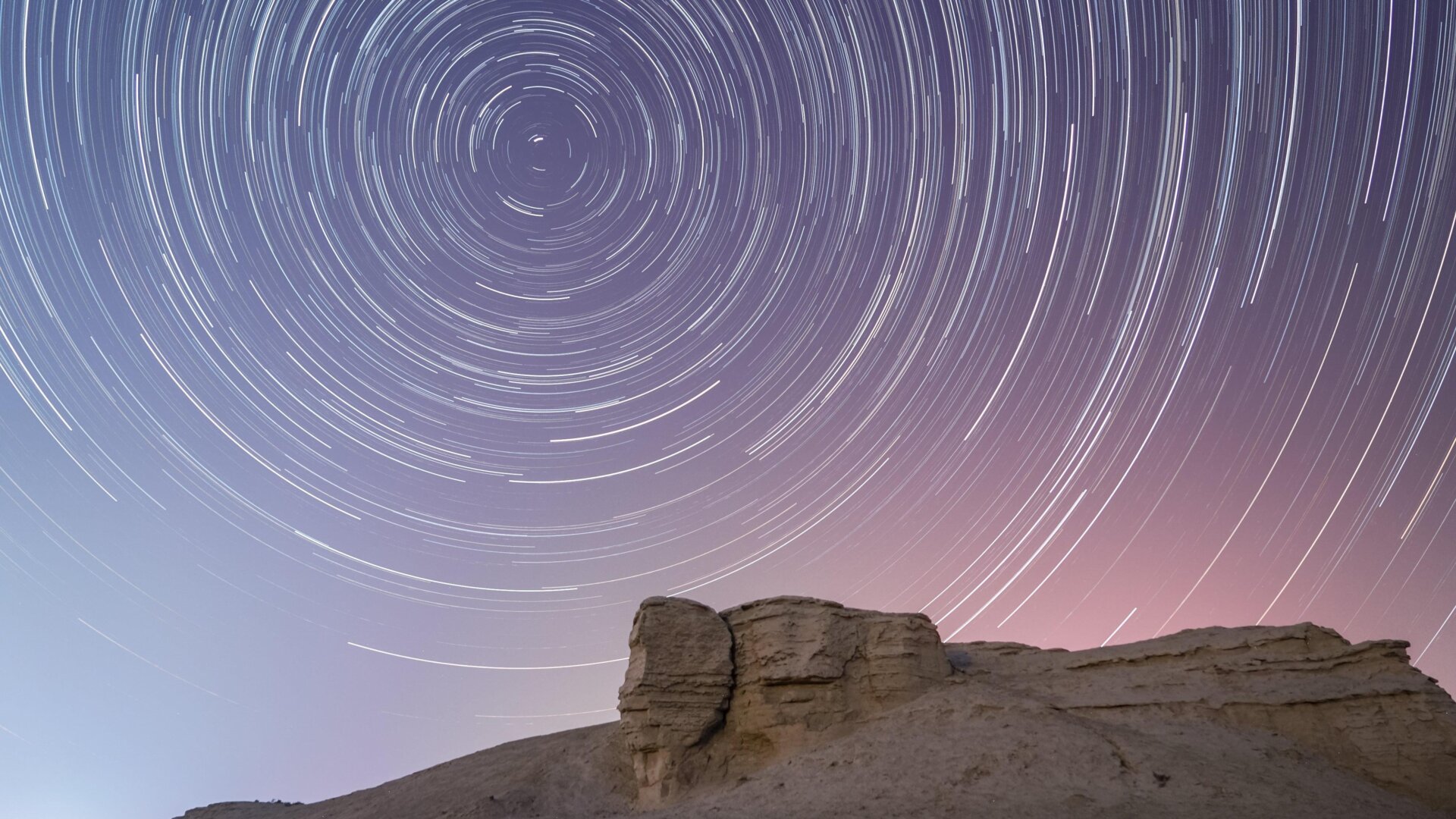Meteor lovers, rejoice. The year’s first big shower is upon us. Here’s everything you need to know if you want to catch a glimpse of these fireballs.
Situated between the constellations Bootes and Draco (right near the Big Dipper), the Quadrantids are named for Quadrans Muralis, a now-defunct constellation. They are an annual shower that peaks in early January, and they are, in my meteor-loving opinion, a great way to kick off each new year.
The meteors’ velocity is 25.5 miles per second (41 kilometers per second) and their peak activity is about 125 per hour, according to NASA. They are believed to come from debris left in the solar system by 2003 EH1, an asteroid that orbits the Sun every 5.5 years. The showers peak when Earth passes through this debris cloud.
The Quadrantids kicked off on Boxing Day, and their activity will end on January 16, but the night of January 3rd into the morning of January 4th is their peak. According to the American Meteor Society, the average hourly rate of these meteors is 25, and their peak for North American viewers is expected between 1 a.m. and 5 a.m. local time on January 4. Although the Quadrantids typically lack trains, or glowing trails, they frequently produce bright fireballs in the sky, according to the AMS website.
Here’s the bad news: the Moon will be 51% full the night the Quadrantids peak, interfering with your view of the meteors. The American Meteor Society recommends blocking the Moon with a tree or building. Because the shower is very north in the sky, they are not easily seen from the southern hemisphere (sorry, southerners).
That’s the basic situation. Your view will be optimized if you’re in the northern hemisphere, have clear skies, block out the moonlight as best you can, and look toward the Big Dipper in the wee hours of January 4.
The Quadrantids are just the first in 2024’s slate of major meteor showers. You have the Lyrids to look forward to in April, the Leonids in mid-November, and the Ursids in December. For now, focus on the Quadrantids—and may the viewing conditions be ever in your favor.
More: Rare ‘Earthgrazer’ Meteor Flew 186 Miles Over 3 States







